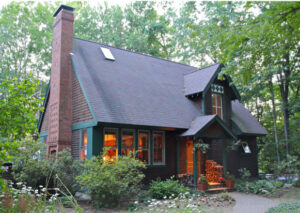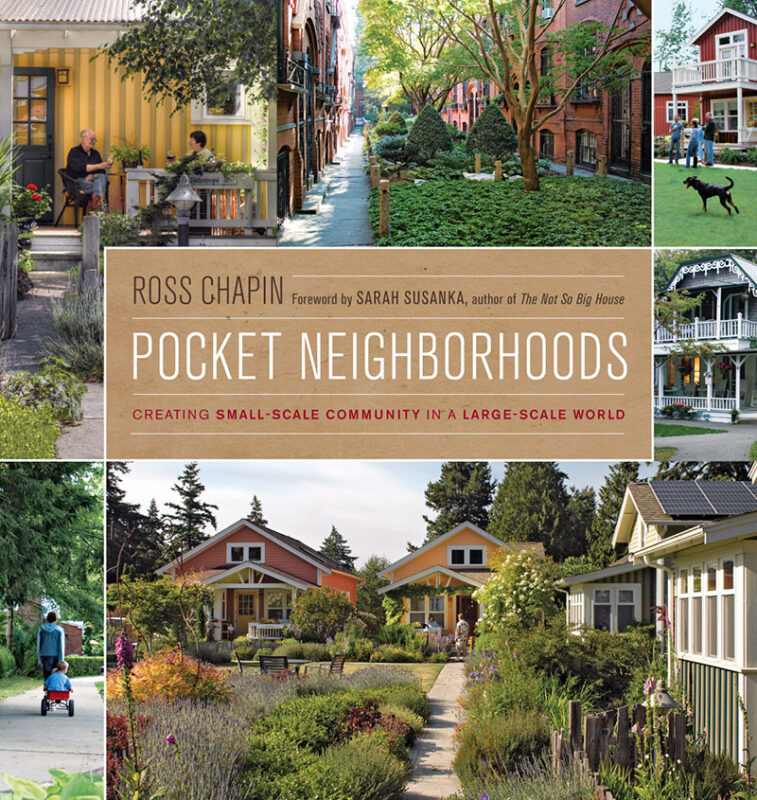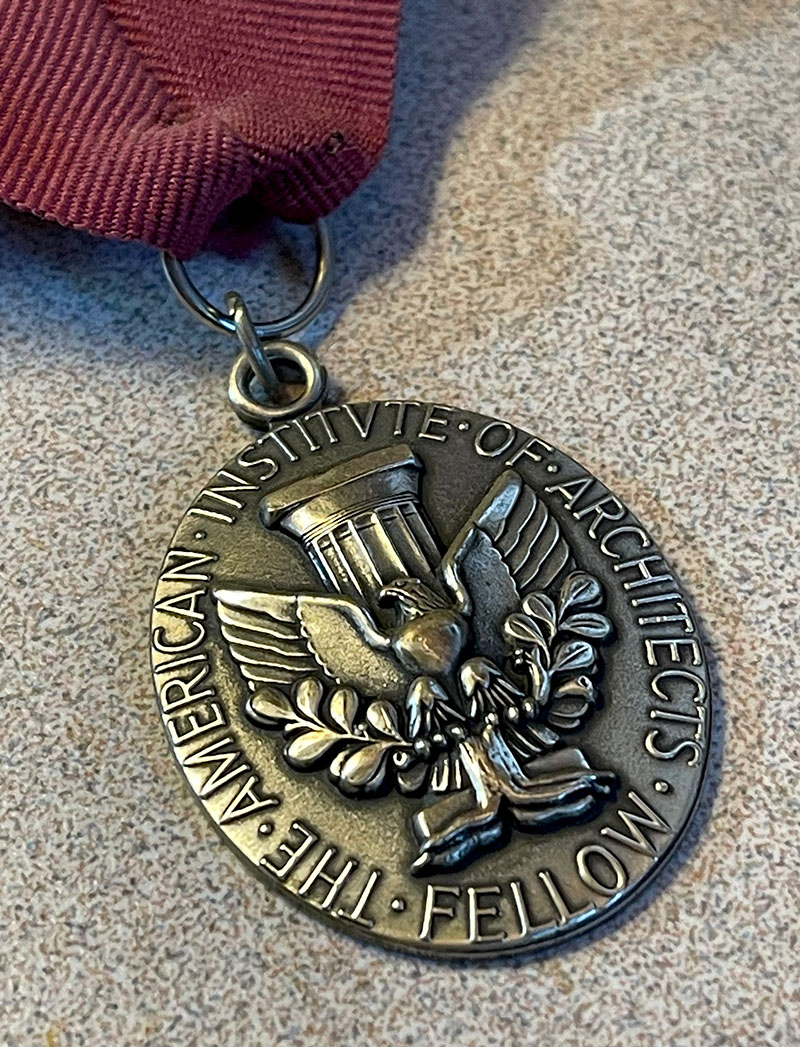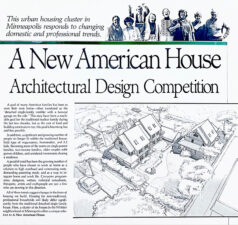About
Our work has been a legacy of creating human-centered spaces, where beauty meets function, and design fosters connection, belonging, and well-being.
 DESIGN In an era when American homes were trending toward large and extravagant, Ross took a counter approach, focusing on the refinement of smaller custom homes tailored to meet homeowner’s needs and desires without excessive space, yet having a spacious feel, functional service, and elegant simplicity.
DESIGN In an era when American homes were trending toward large and extravagant, Ross took a counter approach, focusing on the refinement of smaller custom homes tailored to meet homeowner’s needs and desires without excessive space, yet having a spacious feel, functional service, and elegant simplicity.
Ross wrote about these homes and their key design principles in numerous articles in national magazines, and his homes were featured in more than two dozen home design books, reaching millions of readers.
 DEVELOPMENT In response to the relentless suburban sprawl across America, Ross co-founded a development company to demonstrate the viability of smaller houses in community settings.
DEVELOPMENT In response to the relentless suburban sprawl across America, Ross co-founded a development company to demonstrate the viability of smaller houses in community settings.
Their first project, a cluster of eight cottages around a garden courtyard, targeted the needs and budgets of 1- and 2-person households — a demographic comprising more than 60% of US households, yet neglected by the homebuilding industry. It sold out quickly, proving there was a strong local market. The story was soon picked up in the national consumer press and professional and building-trade publications, suggesting equally strong niche markets across the country.
Ross and his partners developed and sold six pocket neighborhoods, showing the viability of community-oriented housing for a full range of household sizes in a variety of locations. Three of these communities received national AIA Housing Committee Awards, as well as numerous regional design and planning awards and professional peer review. Additionally, Ross designed hundreds of pocket neighborhoods for developers across the United States, Canada, and the United Kingdom.
 POLICY Ross helped formulate a “Cottage Housing” zoning ordinance, the first of its kind to be implemented in the US. This ordinance became the model for innovative housing codes across the country, opening the way for cottage courts within existing residential neighborhoods and new developments. RCA projects are often used to illustrate housing policy papers, codes, and guidebooks on “missing middle” housing.
POLICY Ross helped formulate a “Cottage Housing” zoning ordinance, the first of its kind to be implemented in the US. This ordinance became the model for innovative housing codes across the country, opening the way for cottage courts within existing residential neighborhoods and new developments. RCA projects are often used to illustrate housing policy papers, codes, and guidebooks on “missing middle” housing.
 KNOWLEDGE Ross coalesced his ideas into a book, “Pocket Neighborhoods: Creating Small Scale Community in a Large Scale World”, published by Taunton Press, which received a two-page review in USA Today and listing in Wall Street Journal’s Top Ten Home & Design Booklist. This book is referenced by planners, developers, and housing advocates across the world, and used in college-level design courses.
KNOWLEDGE Ross coalesced his ideas into a book, “Pocket Neighborhoods: Creating Small Scale Community in a Large Scale World”, published by Taunton Press, which received a two-page review in USA Today and listing in Wall Street Journal’s Top Ten Home & Design Booklist. This book is referenced by planners, developers, and housing advocates across the world, and used in college-level design courses.
Additionally, Ross readily shares his knowledge at conferences, workshops, lectures, on-line articles, podcasts, and radio interviews.


Ross was inducted into the American Institute of Architects College of Fellows — one of the highest honors the AIA can bestow upon a member. The FAIA title is awarded for exceptional work and contributions to architecture and society. Only 3% of AIA members have this distinction.
AWARDS
HOMAGE
to Christopher Alexander
(1936–2022)

Ross Chapin’s approach to design has been deeply inspired by work of Christopher Alexander and his colleagues. In 1976, he came across their working manuscript of A Pattern Language (APL) at the UC/Berkeley library and immediately felt a resonance. He was not alone. After it was published, APL became a seminal book for an entire generation of architects, planners, do-it-yourself builders and garden designers, as well as computer programmers and linguists. This, and later works by Alexander, including A Timeless Way of Building and The Nature of Order, gave structure to Ross’s intuitive/felt sense of design. As one who considered that “design is play”, the clear framework and reasoning of these ideas helped bring the results of his play into deeply satisfying places to be in. As Ross recalls, “Alexander’s ideas helped me understand how buildings and outdoor spaces can become ‘real’ and ‘alive’, and how they can support or hinder our relationships as human social beings. These terms may be unmeasurable— yet each of us can feel these qualities when we’re in such places.” This is apparent when walking through the buildings and spaces that Ross has had a hand in creating.




